
War and emergency
In 1866, a cholera outbreak took its toll on London’s east end population. Amongst people already suffering unemployment and poverty, the effects were devastating. The Christian Mission distributed food and clothing – this was their earliest involvement in relief work. From this point onwards The Salvation Army has aided those affected by natural disasters, wars and emergencies all over the world.
The Naval and Military League
The Salvation Army’s Naval and Military League was started in November 1894 to communicate with Salvationist sailors and soldiers. But the League was soon providing a broader service to the armed forces and had set up a number of Naval and Military Homes in places such as Portsmouth, Malta and Calcutta. In around 1897 the League began publishing a magazine, Under the Colours. In 1899 The Salvation Army’s war-work began when the League supported British troops in the Boer War in South Africa.
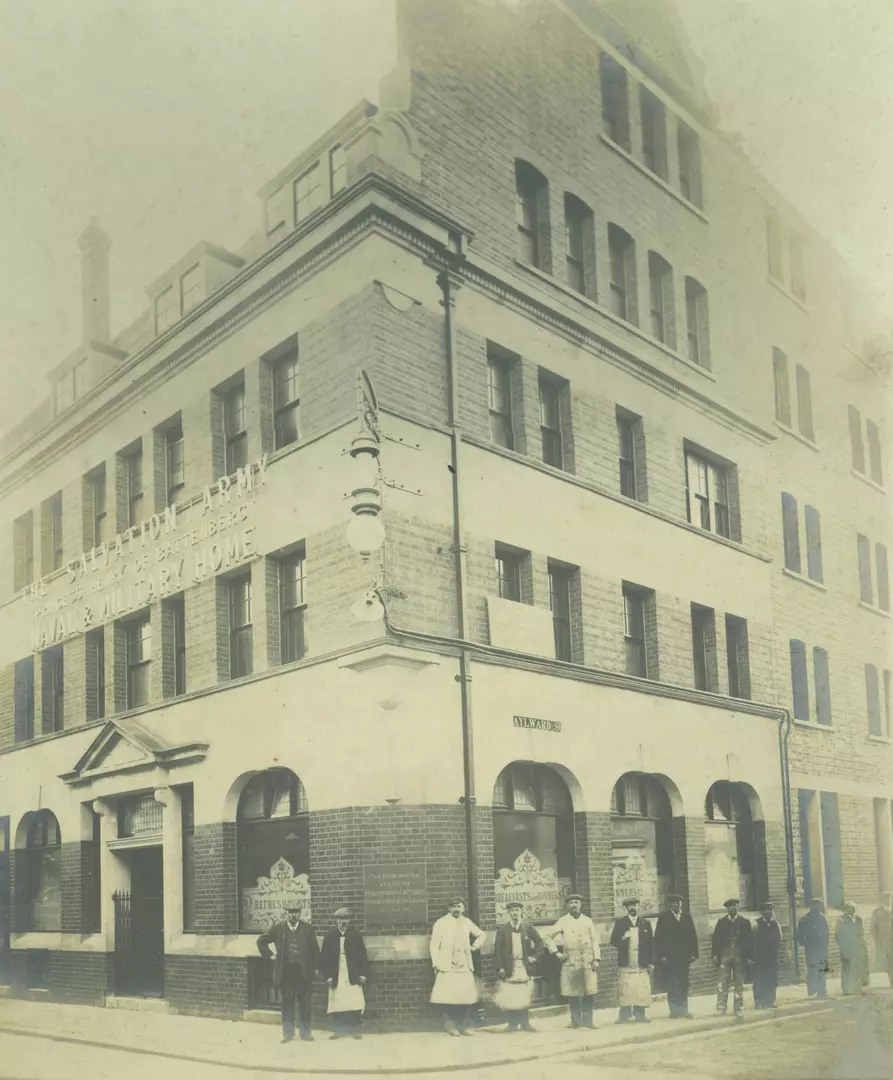
World War One
During the First World War, The Salvation Army provided motor ambulances, refreshment huts in military camps, and parcels of food and clothing for combatants. Some officers also served as chaplains. In 1917 Evangeline Booth, National Commander of The Salvation Army in America, created a National War Board to meet the needs of the American Expeditionary Forces. Salvationists were sent to Europe from the USA, including those colloquially known as ‘Doughnut Girls’ who served food (principally doughnuts) to soldiers and often worked in field hospitals. The Naval and Military League also operated an inquiry service helping relatives and friends to find servicemen. After the war, The Salvation Army also assisted with visits to war cemeteries.
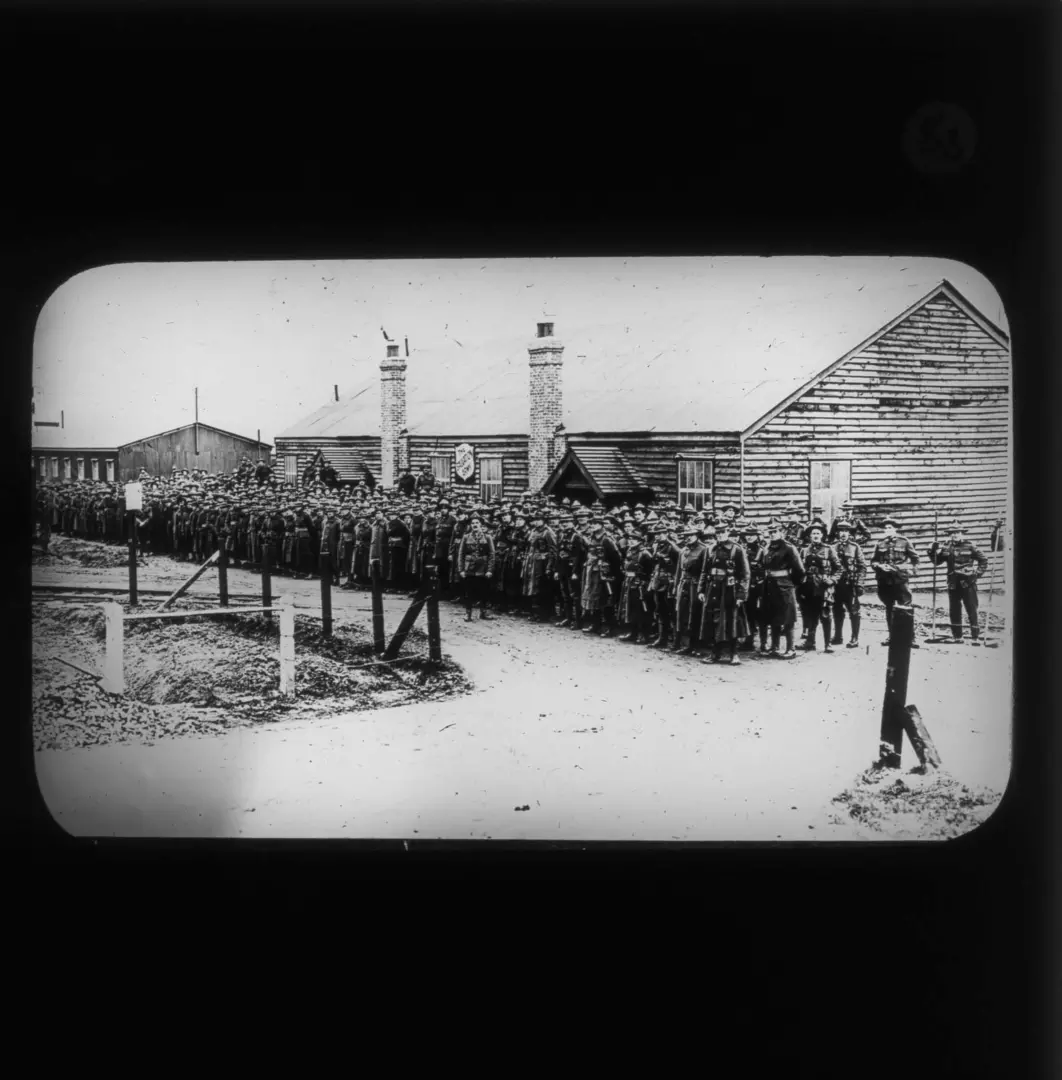
World War Two
The League became known as the Red Shield during the Second World War, as this distinctive symbol appeared on the mobile canteens that provided not only tea but also chewing gum, soap, toothpaste and sewing kits to military personnel. Red Shield canteens arrived in occupied Europe only a matter of days after the ‘D-Day’ landings and closely followed the advance of Allied troops into Germany. The Red Shield also provided international hostels and clubs for servicemen.
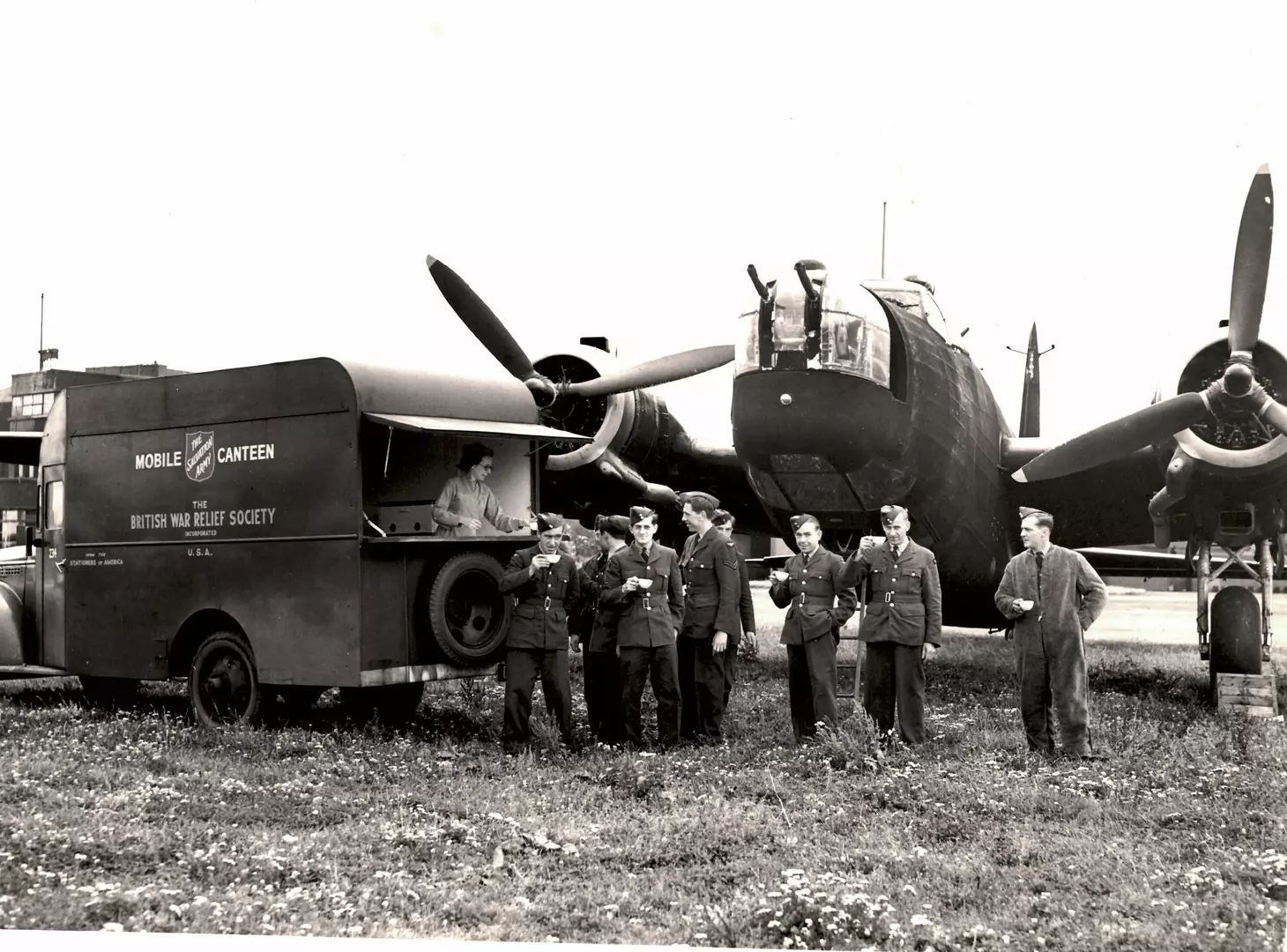
The Red Shield Service continued to provide support for national armed forces in Britain, America and Australia into the twenty-first century, with outposts in Germany, Mexico and Papua New Guinea. After the 2003 invasion of Iraq, The Salvation Army ran a number of relief programmes in the country between 2004 and 2006.
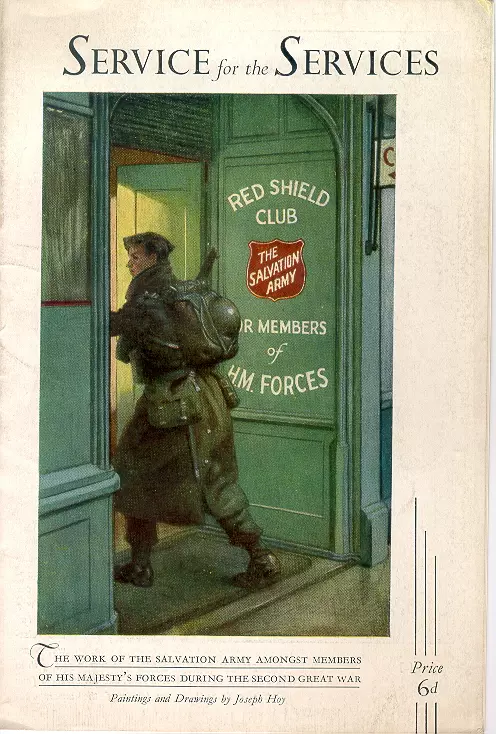
Disasters and emergencies
The Salvation Army has responded to many international natural disasters including: Typhoon Isewan (Vera) in September 1959, the most devastating typhoon in the history of Japan; The Valdivia earthquake, Chile, of 22 May 1960; and The San Salvador earthquake, El Salvador, of 10 October 1968. Salvationists have also provided emergency relief in the aftermath of incidents including: the Senghenydd Colliery disaster, 14 October 1913; the Moorgate tube crash, 28 February 1975; and the Lockerbie air disaster, 21 December 1988.
In the small mining town of Senghenydd, 439 miners, half of those working that day, were killed. It remains the worst mining accident in the United Kingdom. Eight Salvationists were among the dead. Army officers and soldiers were among the search parties who entered the mine after the explosion, looking for survivors.
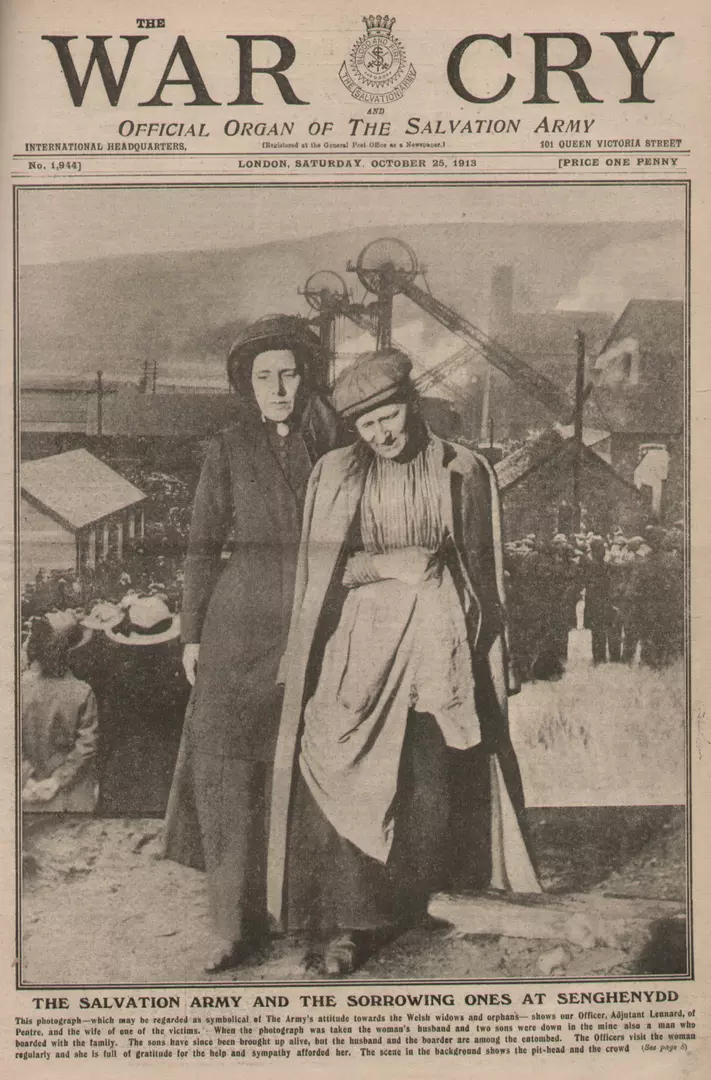
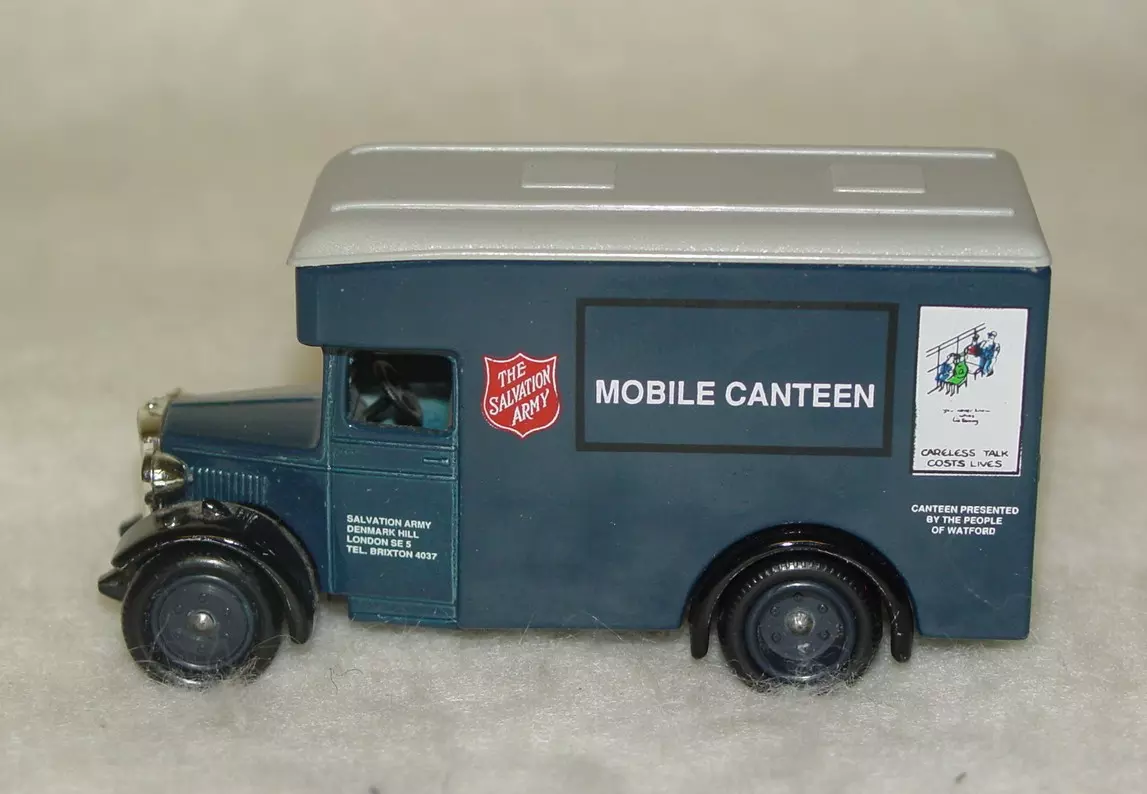
On the morning of 28 February 1975 an underground train crashed at high speed into a concrete wall in Moorgate tube station. Salvationists from Hoxton Goodwill Centre arrived on the scene with a Red Shield van and provided round the clock support for emergency services workers.

On Wednesday 21 December 1988, Pan Am Flight 103, travelling from London to New York, was blown up by a bomb over the small border town of Lockerbie, Scotland - a total of 270 people were killed. Within hours, Salvation Army personnel were on the scene providing emergency relief. Three mobile canteens were manned, including one in the temporary mortuary.
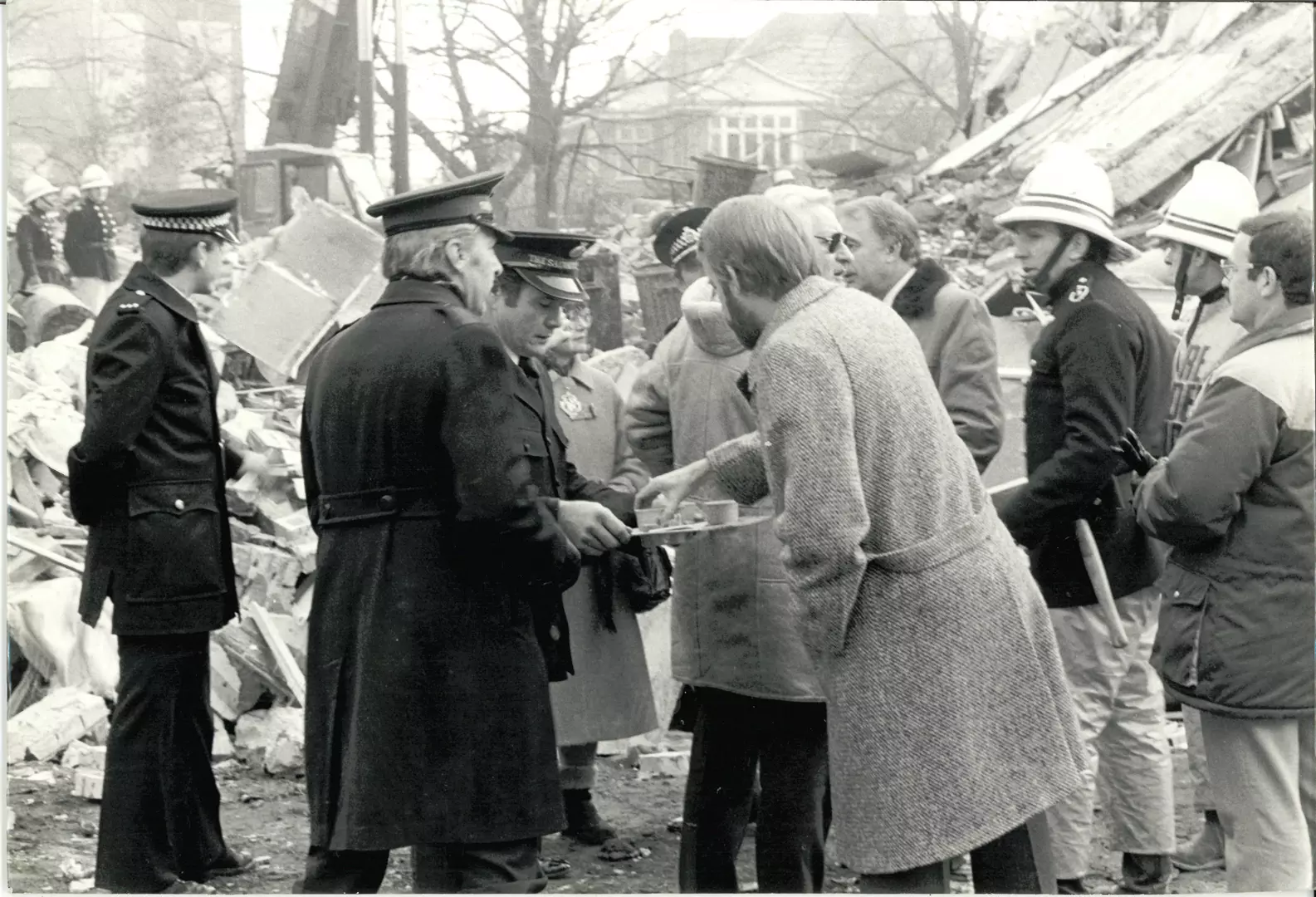
Oral history interviews
The following audio clips come from oral history interviews with Salvationists who provided assistance at a range of disasters and emergencies in the twentieth century. Listen to the clips to find out more about The Salvation Army’s emergency services and the personal experiences of the individuals involved.
Major Cedric Hills discusses the 2010 Haiti earthquake:
Salvation Army Archive UK · Cedric Hills oral history interview
Major Dorothy Graham discusses the Aberfan colliery disaster, 21 October 1966:
Salvation Army Archive UK · Dorothy Graham oral history interview
Major George Whittingham discusses the bombing of the Royal Marines School of Music at Deal barracks, Kent, on 22 September 1989:
Salvation Army Archive UK · George Whittingham oral history interview
Gordon Lewis discusses the aftermath of the 2003 invasion of Iraq:
Salvation Army Archive UK · Gordon Lewis oral history interview
Major Muriel McClenahan discusses the London bombings on 7 July 2005:
Salvation Army Archive UK · Muriel McClenahan oral history interview
Major Raymond Brown discusses Kosovar refugees returning from Albania in 1999:
Salvation Army Archive UK · Raymond Brown oral history interview
Lt-Colonel Roland Sewell discusses refugees returning to the Republika Srpska in 1994 during the Bosnian War:
Salvation Army Archive UK · Roland Sewell oral history interview
Brigadier Sydney Woodall discusses Salvation Army Red Shield Work during the Allied invasion of Nazi occupied Europe in 1944:
Salvation Army Archive UK · Sydney Woodall oral history interview
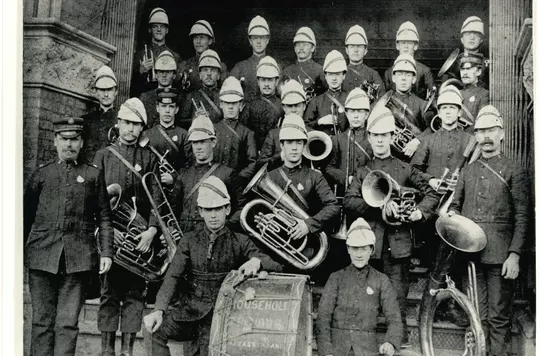
Music
Find out about the role that music and song plays within The Salvation Army.
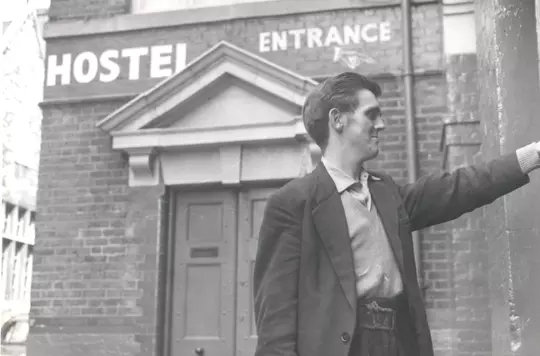
Social work
Discover the origins and history of The Salvation Army’s social work.

A global army
Find out about The Salvation Army’s early growth into a worldwide movement.
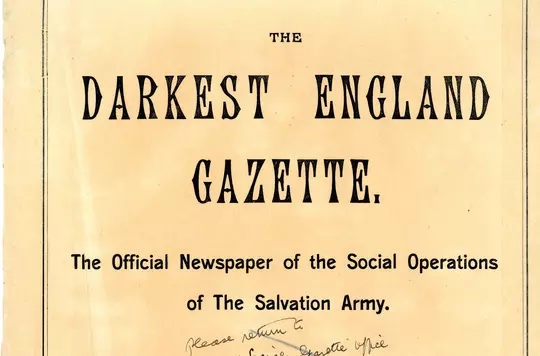
Exhibitions
View a digital version of our current temporary exhibition - Establishing The Salvation Army’s Social Work in the Nineteenth Century: The Darkest England Gazette.